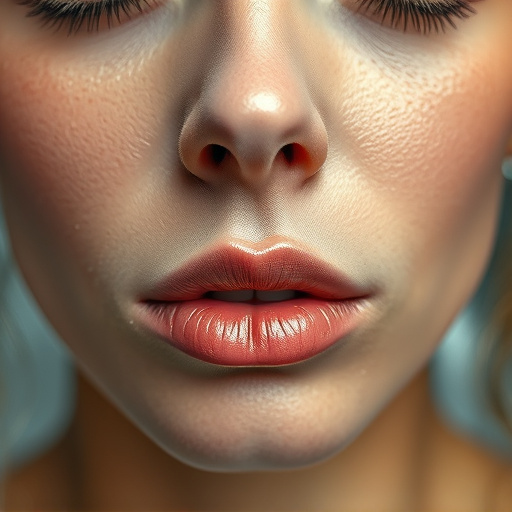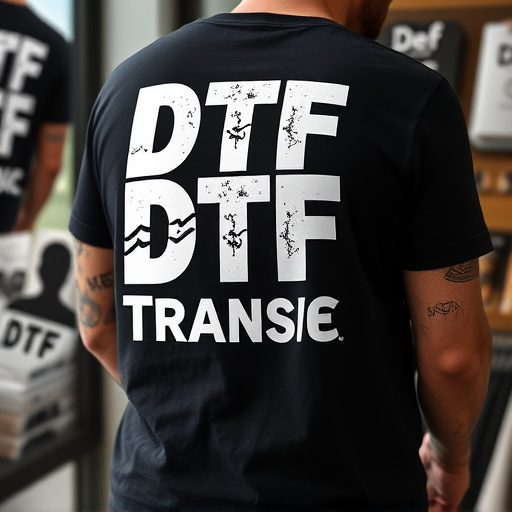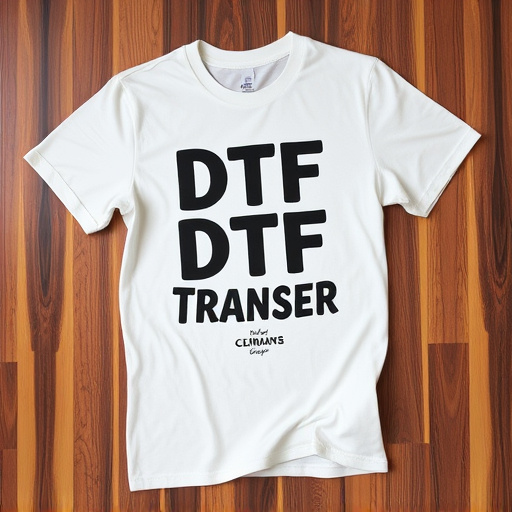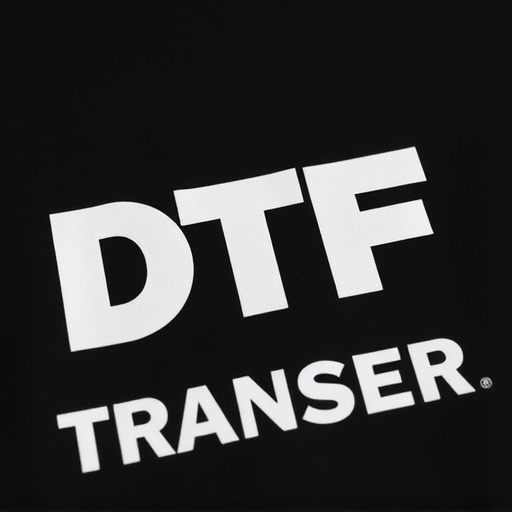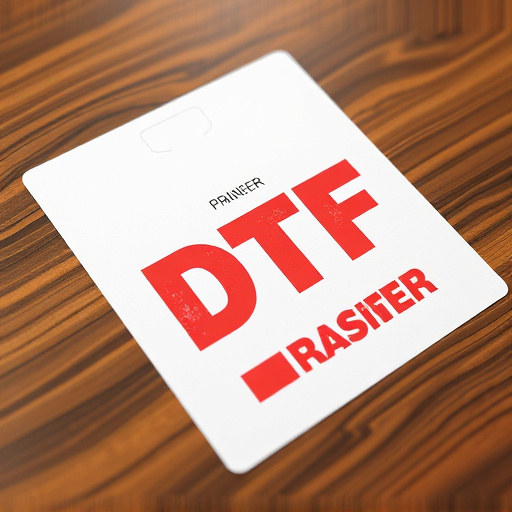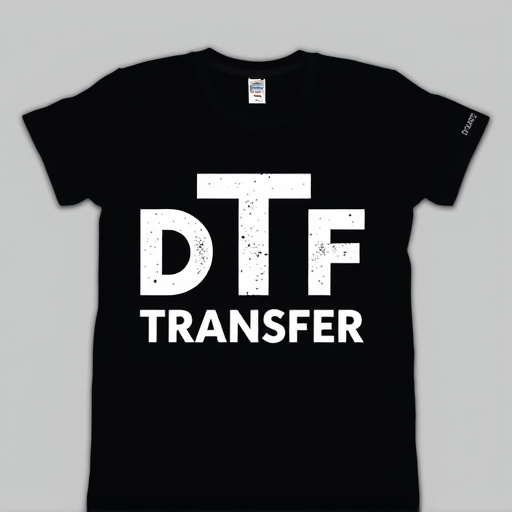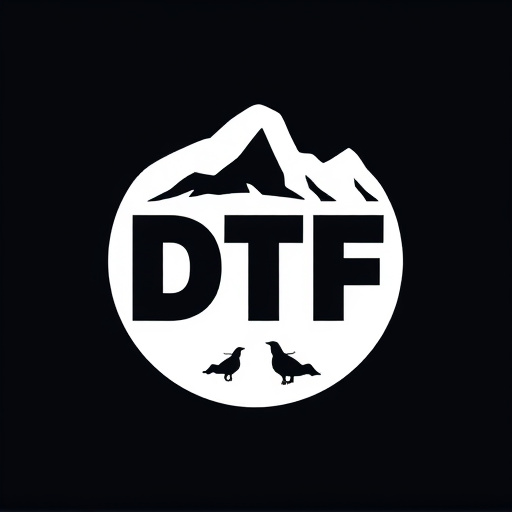Direct-to-film (DTF) transfer printing is a cost-effective, versatile method for creating high-quality custom prints on various media like t-shirts, mugs, and canvas. This innovative process bypasses traditional plate preparation, using specialized printers and inks to achieve vibrant, crisp images with minimal setup costs. DTF's on-demand production capability caters to diverse customer preferences while significantly reducing overhead compared to conventional printing methods. Key advantages include budget-friendliness, design flexibility, and accessibility for individuals and small businesses. Choosing the right materials, techniques, and platforms like [Service 1], [Service 2], and [Service 3] ensures high-quality DTF prints without sacrificing affordability.
“Discover the power of direct-to-film (DTF) transfer—a cost-effective solution for budget-conscious buyers seeking high-quality prints. This article explores the benefits and versatility of DTF printing, guiding you through material selection, top service providers, and quality optimization tips. From understanding the process to real-world applications, learn how DTF transfers can revolutionize your print projects without breaking the bank. Unlock the potential of DTF Printing for your next creative endeavor.”
- Understanding Direct-to-Film (DTF) Transfer: A Cost-Effective Solution
- Benefits of DTF Printing for Budget-Conscious Buyers
- Choosing the Right Materials and Techniques for DTF Transfers
- Top Affordable DTF Transfer Services and Their Features
- Tips for Maximizing the Quality of Your DTF Prints on a Budget
- Real-World Applications: Success Stories of DTF Transfer in Action
Understanding Direct-to-Film (DTF) Transfer: A Cost-Effective Solution
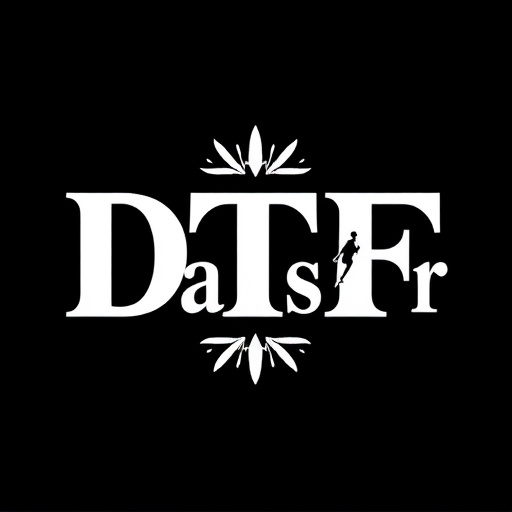
Direct-to-film (DTF) transfer is a printing process that offers an affordable and efficient solution for creating high-quality prints directly on various media, such as t-shirts, mugs, and canvas. Unlike traditional printing methods, DTF eliminates the need for complex setup and plate preparation, making it a cost-effective option for both small businesses and individual entrepreneurs.
By using specialized printers and inks designed for DTF, users can achieve vibrant colors, crisp details, and durable prints. This technology allows for on-demand production, enabling businesses to cater to diverse customer preferences without incurring the overhead costs associated with traditional printing methods. Whether it’s for custom merchandise, promotional items, or personal gifts, DTF transfer provides an accessible way to produce unique and visually appealing DTf prints at a fraction of the cost.
Benefits of DTF Printing for Budget-Conscious Buyers
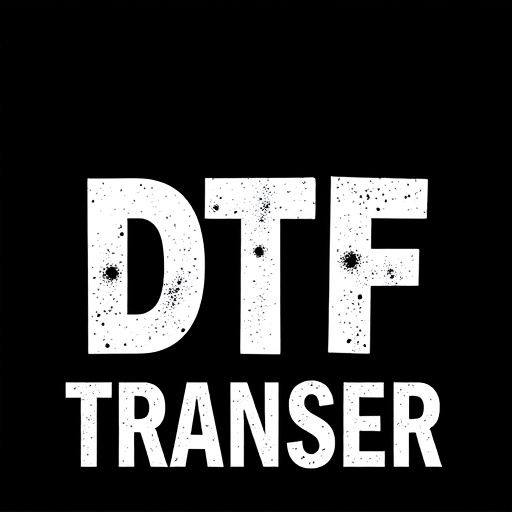
Direct-to-film (DTF) printing offers a cost-effective solution for budget-conscious buyers looking to create high-quality prints without breaking the bank. One of its key advantages is the ability to produce vibrant, sharp images with minimal set-up costs, making it an attractive option for individuals and small businesses on a tight budget. By eliminating the need for expensive printing plates or specialized equipment, DTF Transfer becomes accessible, allowing users to print on various materials without incurring substantial overhead expenses.
Additionally, DTF Printing provides flexibility in terms of design customization and order quantities. Users can easily adapt their prints to suit their unique needs, whether it’s personalizing merchandise, creating small-batch marketing materials, or producing custom art pieces. This versatility, coupled with the affordability of DTF Transfer, enables budget-conscious buyers to explore creative possibilities without sacrificing quality or accessibility.
Choosing the Right Materials and Techniques for DTF Transfers

When considering a DTF Transfer, selecting the appropriate materials and techniques is paramount for achieving high-quality DTF prints while adhering to a budget. The right combination ensures sharp details, vibrant colors, and longevity of the final product. Cost-effective options often involve exploring alternative substrates like cotton or polyesters alongside eco-friendly inks designed for efficient use and lower material costs.
Techniques play an equally vital role. Direct-to-film transfers benefit from advancements in printing technology, such as CMYK inkjet printing or laser engraving, offering precise line work and detailed imaging at a fraction of the cost compared to traditional methods. Optimizing image resolution, using half-toning for smoother gradients, and strategically placing designs to minimize material waste further enhance affordability without compromising visual appeal.
Top Affordable DTF Transfer Services and Their Features
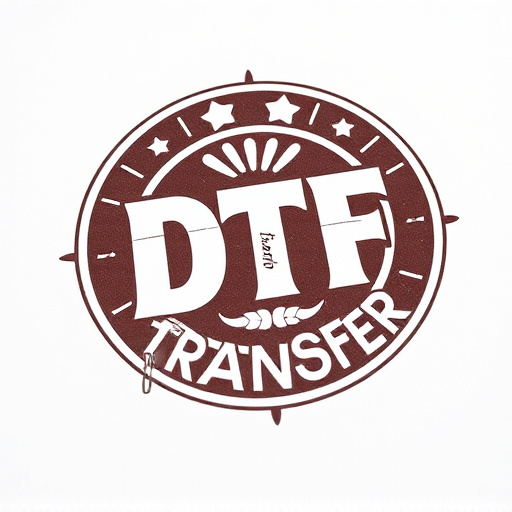
For those seeking an affordable way to bring their designs to life, Direct-to-Film (DTF) transfer services offer a cost-effective solution without compromising quality. Several standout options are transforming the DTF printing landscape, catering to budget-conscious buyers who want professional results.
Services like [Service 1], [Service 2], and [Service 3] lead the pack with their user-friendly platforms, offering easy upload of designs, precise color matching, and a range of film types for various applications. They provide fast turnaround times without breaking the bank, making them ideal for small businesses, entrepreneurs, and individuals looking to print small batches or custom orders. These DTF transfer services also excel in customer support, ensuring that users receive guidance throughout the process, from design preparation to final print quality checks.
Tips for Maximizing the Quality of Your DTF Prints on a Budget

When working with a budget for DTF (Direct-to-Film) transfers, maximizing quality can be achieved through several strategic steps. First, source high-resolution original art or images; even minor pixelation in your input material will become more pronounced at larger print sizes. Additionally, ensure proper color profiles and settings are used during the DTF printing process to achieve accurate and vibrant colors. Calibrating your printer and using high-quality inks specifically designed for DTF transfers can significantly enhance the final product’s visual appeal.
Another tip involves understanding and optimizing the design elements for DTF prints. Simple, bold designs with clean lines tend to produce better results than intricate, detailed artwork. Avoiding fine details or text smaller than 3-4mm in size can prevent print issues like smudging or unsharpness. Lastly, consider the substrate choice; different materials offer unique properties, and selecting one suited for your design’s aesthetic and intended use can greatly impact both quality and longevity of your DTF prints.
Real-World Applications: Success Stories of DTF Transfer in Action

Direct-to-film (DTF) transfer has found its place in various industries, offering an affordable and efficient solution for printing on a range of surfaces. From custom apparel to promotional items, DTF transfer has become a game-changer for businesses seeking cost-effective ways to personalize products. Many success stories highlight the versatility of this technique.
For instance, small businesses and entrepreneurs have successfully used DTF printing to create unique, in-house branded merchandise, attracting customers and fostering brand loyalty. In the apparel sector, DTF transfer has enabled custom t-shirt printing on demand, allowing businesses to cater to individual preferences without incurring high setup costs. Moreover, its application in promotional items, such as mugs, phone cases, and keychains, has led to memorable marketing campaigns, leaving a lasting impression on clients.


